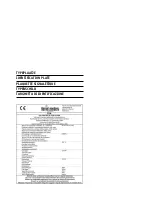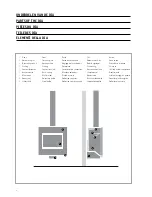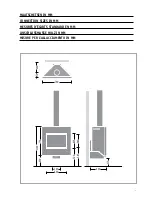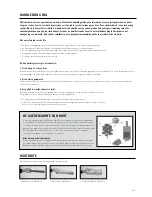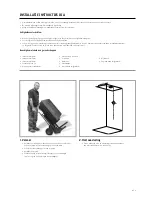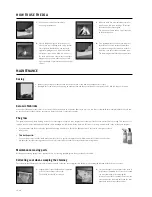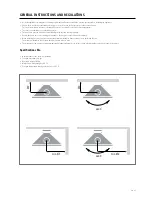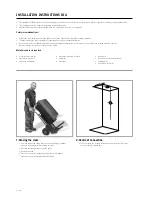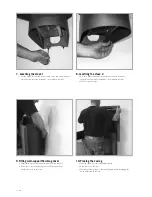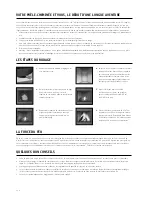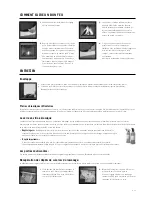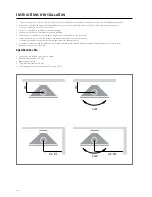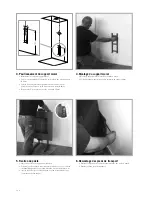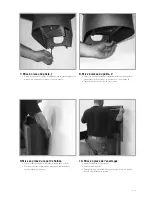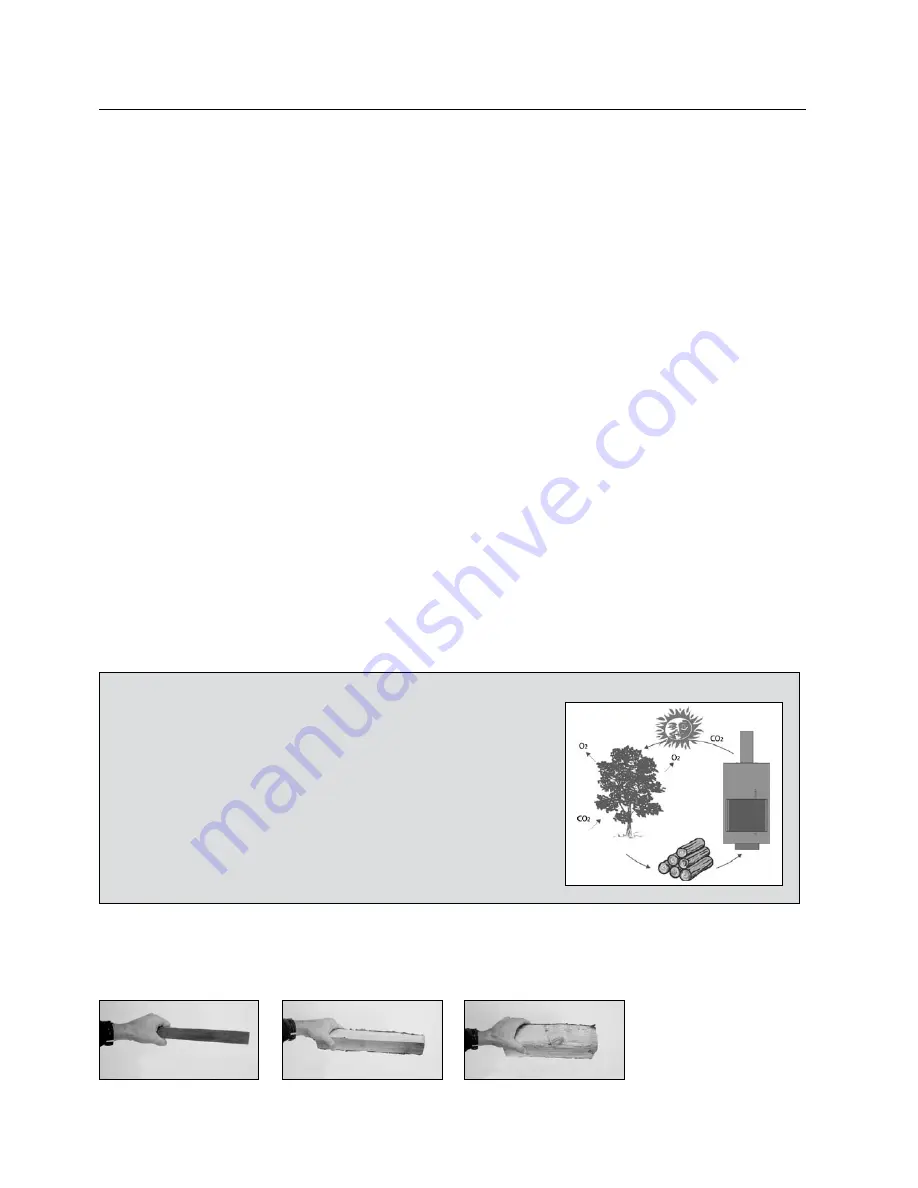
14 GB
We congratulate you on the purchase of your stove. This manual will inform you about the best way of using the stove and the art
of keeping a perfect fire. Before using the stove, carefully read the text about breaking in the stove. These heating instructions apply
to the Dia. They are merely intended as a guideline as your stove will behave differently according to the place where it is installed,
simply because the conditions are different. The flue, the weather, the quality of the wood used and the climate conditions in the house
determine your stove’s burning behaviour. In time you will develop your own directions for use, based on these heating instructions.
What you should know about the Dia
• This stove has a convection back plate which, when the stove is burning properly, ensures a fine heat distribution.
• The burning chamber is lined inside with high-grade ceramic firebrick elements. These bricks are subject to the greatest impacts (being hit by
wood when loading the stove) and so have been additionally reinforced.
• The aeration slide controls the primary air flow across the fire and, when used correctly, keeps the window clean.
• The air-control slide is open when in the pulled-out position. This is the kindling position.
• You open the door on the right side of the stove.
The three basic rules for proper burning are:
1. Use dry and clean wood.
The stove is suitable for burning so-called ‘stackable fuels’: wood and briquettes. We assume you will be using dry fuels only (the moisture content of firewood should
not be more than 15%). So, this also holds for the kindling paper and cardboard. Wet fuel costs more energy, leaves moisture on the glass and soils the flue.
2. Do not temper the burning process excessively.
Allow the stove sufficient time to warm up (stay with it at this stage) and do not temper the fire too quickly. Bear this rule in mind: you must not temper a stove until it
has warmed up properly.
3. Always make sure there is enough fresh air.
In houses today, cracks and chinks have often been sealed. Opening a small grate or cantilever window will ensure sufficient fresh air, provided no fresh-air-supply
system is used.
• The main thing when making the fire is that both the flue and the stove reach the proper temperature.
• Each time you want to open the stove when burning, the air-control slide must be open (completely pulled out) to ensure proper air supply.
The fIne heaT from wooD
You have purchased a wood stove. In many respects, wood used as fuel is an ideal choice. But what
exactly is wood? Under the influence of sunlight, a tree builds up wood cells from CO2 (carbon dioxide),
water and minerals. So, in fact, wood is stored solar energy. In its growth process, the tree takes CO2
from the air and gives off oxygen in return. Also in terms of the environment, wood is an ideal fuel.
When it is left to rot, the same amount of CO2 is released as when it is burned. In environmental terms,
we then say that wood is ‘CO2-neutral’.
Only dry wood is stove wood
Not all wood qualifies as stove wood. Good burning is obtained by using wood that has been seasoned
for at least eighteen months. That is to say: preferably chopped wood that, stored under a shelter and
protected from the rain, can slowly let its moisture evaporate. Dry wood does not sizzle in the fire and
does not soot the glass.
manual DIa
Preferred order of wood thicknesses to be used when you start burning the stove.
1. kindling wood (± 2x2x30cm)
2. thicker wood (± 4x4x30cm)
3. solid log (± 7x7x30cm)
PReFeRReD WOOD THICKNeSSeS

